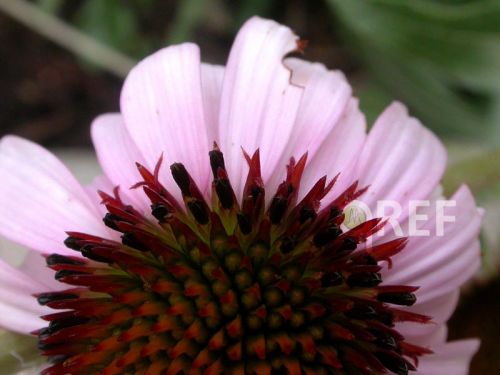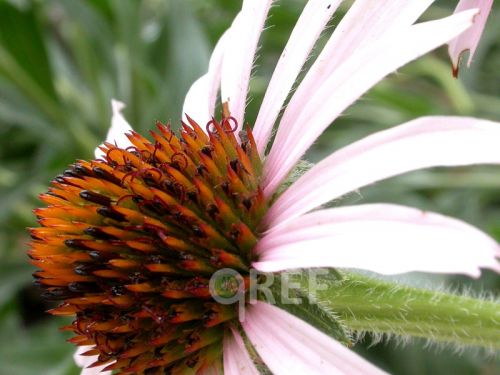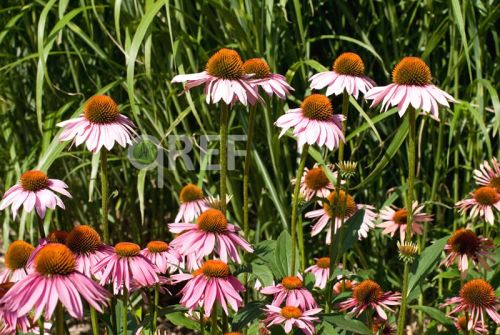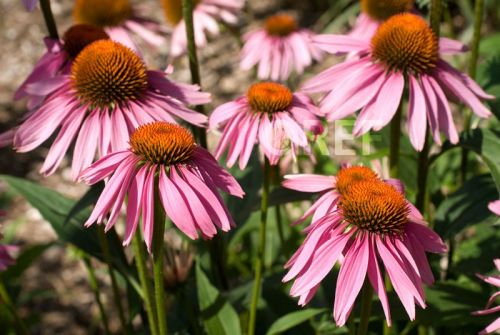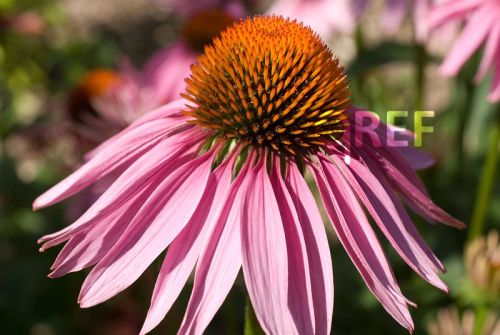Fresh echinacea herb contains three times the amount of alkamide than does the dried plant echinacea. Furthermore, the concentrations fo active constituents vary due to growing, drying, and storage conditions. Finally, commercial echinacea samples and marketed echinacea products may contain one or more of three echinacea species. (1)
